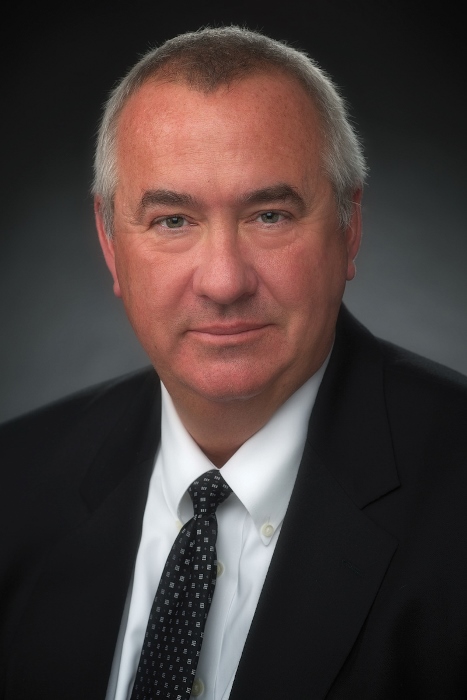Since being named CFO of Seattle-based Swedish Health Services in 2012 after Swedish finalized its affiliation with Providence Health & Services based in Renton, Wash., Dan Harris has led the organization through a financial turnaround and prepared the system to succeed in the shifting healthcare environment.
As CFO of Swedish, the largest nonprofit healthcare provider in the greater Seattle area, Mr. Harris oversees the finances of the system's three hospitals in Seattle as well as its hospitals in Edmonds, Wash., and Issaquah, Wash.
Prior to being named CFO of Swedish, Mr. Harris served as CFO of Providence's operations, and he was also CFO of the Washington/Montana Region of Providence Health for 10 years.
Becker's had the opportunity to catch up with Mr. Harris and get his insight on a number of issues, including the challenges health system CFOs are facing today.
Question: What is the greatest challenge facing hospital and health system CFOs today?
Dan Harris: It could be dealing with payers. Payers can be great partners or great drains on resources. They are challenged today in the market with Medicaid expansion, accountable care organizations and other game-changing shifts in the payment world. Through this, we all need to focus on patient needs and the impact changes can have on patients and their families. Terminating contracts with providers that use our healthcare system and making product or contract changes are examples that impact people.
Another is finding and retaining staff. The market seems to be short of talent, and we see our good people being recruited away. On one side, it is great to have people who are wanted by others. Keeping staff engaged and being able to support, train and give them opportunities is of course important and requires a great deal of effort. If you don't provide that effort, you will lose good people very quickly.
Finally, I would say the continued cuts we see in payments. Government payers continue to look for ways to reduce how they pay. With this is the need to understand these changes. Another new twist is narrow networks, ACOs and the overall knowledge that we need to reduce costs. A good CFO is one who can manage the need to reduce costs with the needs to invest and grow.
Q: In the last year, what has been your greatest accomplishment as CFO?
DH: I tell people that I am the luckiest person in finance that I know. This is very true. I work for a great system and am surrounded by great leadership. In that mix, I have been lucky in many ways over the last year.
We have seen solid growth in patient volumes and market share. Strategies set in place over the past few years are showing the returns we had hoped for. Our doctors are busier and more efficient. We increased acuity and lowered costs and have attracted great talent at all levels.
The hospitals I work with are finishing up a solid year financially and are set up well for 2015. The greatest accomplishment is probably the results that have been produced: great patient care, great outcomes, and our passionate leadership team coming together to provide the best quality possible. The result of this is very good financial performance, which the CFO gets more credit for than they deserve.
Q: How is Swedish Health Services navigating in the shifting reimbursement climate?
DH: In many ways, and it will keep changing. First is reducing costs. Basically anyone in healthcare knows we need to reduce the costs of services provided. We continue to watch productivity and supply costs as primary drivers. What is new in the past few years is the emphasis to use fewer resources with patients. This can be shorter length of stays and lower utilizations of ancillary services. Understanding how to make that happen is not just reducing staff or avoiding use of high priced implants; we need to work more closely than ever with clinicians to assure process redesign and viable options on supply items.
One area we are wading into now is pay for performance. I think this needs investments, or more costs to be dedicated to assure we can meet the criteria of these payment methods. A big part of this is gathering and using data to understand what is needed. Again, a key is also working with clinical staff and investing in areas to avoid readmits and hospital-acquired conditions, for instance. These require more and different resources and, if successful, will lower the number of patients needing care. This is clearly what we need to do — no one would argue it is where healthcare needs to go — but it needs to be understood and addressed carefully and appropriately.

